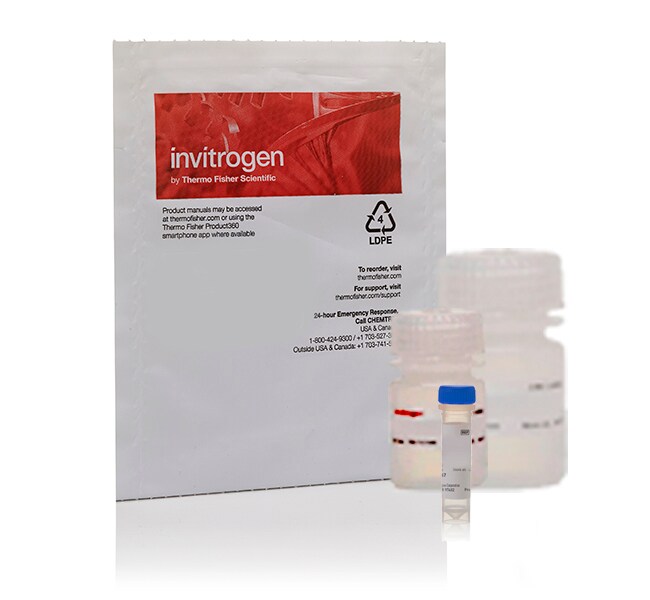
Fluo-4 NW (No-Wash) Calcium Assay Kits offer a proprietary calcium assay formulation that requires neither a wash step nor a quencher dye. The fluo-4 NW assay achieves larger increases in fluorescence intensity than standard fluo-3 and fluo-4 assays with a wash step. Eliminating the wash step results in lower variability and higher Z´ values than the standard fluo-4 assay, while providing an easier and faster assay as well.
The fluo-4NW indicator is nonfluorescent and stable in pH 7–7.5 buffer for several hours, so spontaneous conversion to the Ca2+-sensitive form is not a significant source of background fluorescence. Contributions to baseline fluorescence by the growth medium (e.g., esterase activity, proteins interacting with receptors of interest, or phenol red) are eliminated by removing the medium prior to adding the indicator dye to the wells.
Another source of potential fluorescence outside the cells is extrusion of the indicator out of the cell by organic anion transporters. Probenecid is commonly used to inhibit this transport and reduce the baseline signal. We have synthesized a proprietary water-soluble probenecid, which is supplied with the Fluo-4 NW Calcium Assay Kits. This form of probenecid has the advantages of being easy to dissolve in buffer and safer to use than the free acid, which requires caustic 1 M NaOH to dissolve. TheFluo-4 NW Calcium Assay Kits are designed for microplates and HTS, and the assay can be performed on adherent as well as nonadherent cells.
Fluo-4 AM is a fluorescent Ca+2 indicator that is widely used for in-cell measurement of agonist-stimulated and antagonist inhibited calcium signaling in high-throughput screening (HTS) applications. Its visible wavelength excitation (compatible with argon-ion laser sources), high sensitivity, and large fluorescence increase upon binding Ca2+ has made it the indicator of choice for characterizing G-protein–coupled receptor (GPCR) pharmacology and function. These properties have made fluo-4 AM attractive not only for microplate screening applications but for microscopy and flow cytometry as well.
| Code | Description |
|---|---|
| F36206 | Catalog Number: F36206 |

